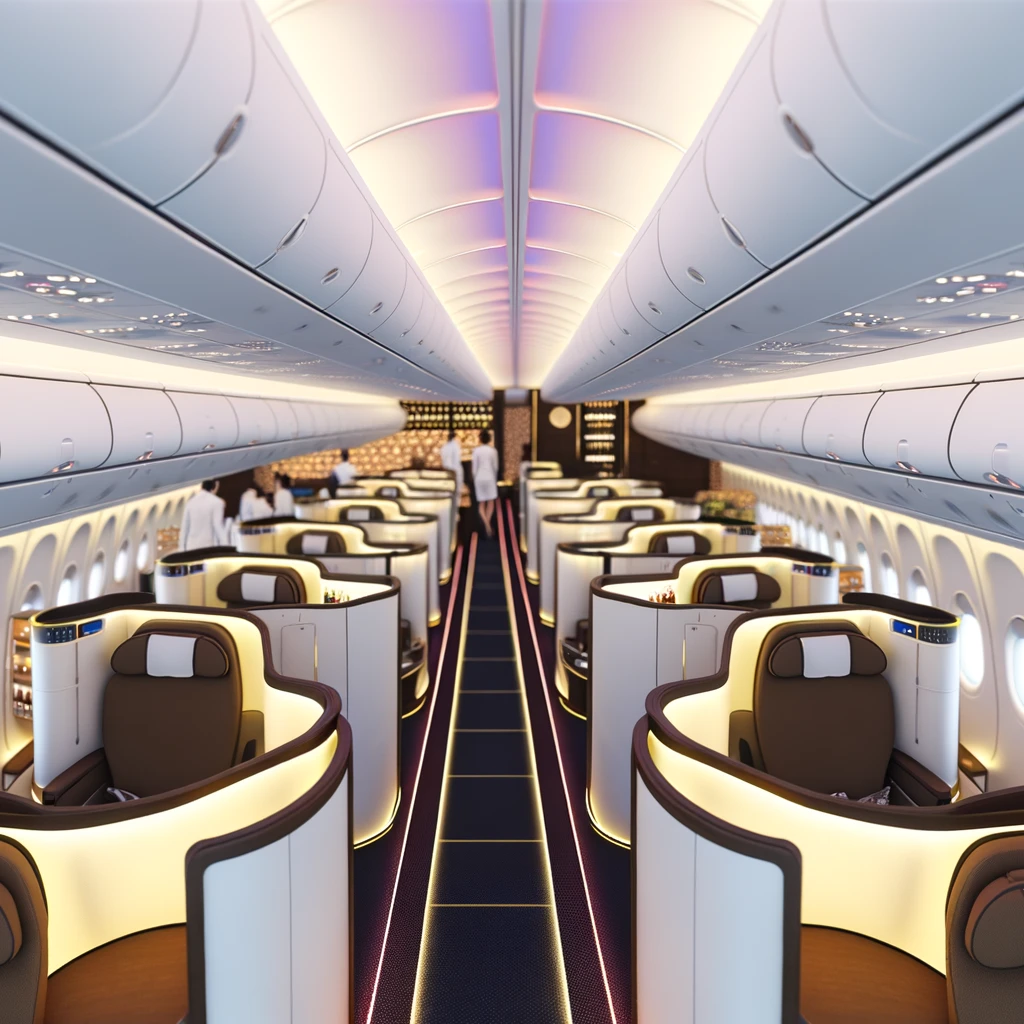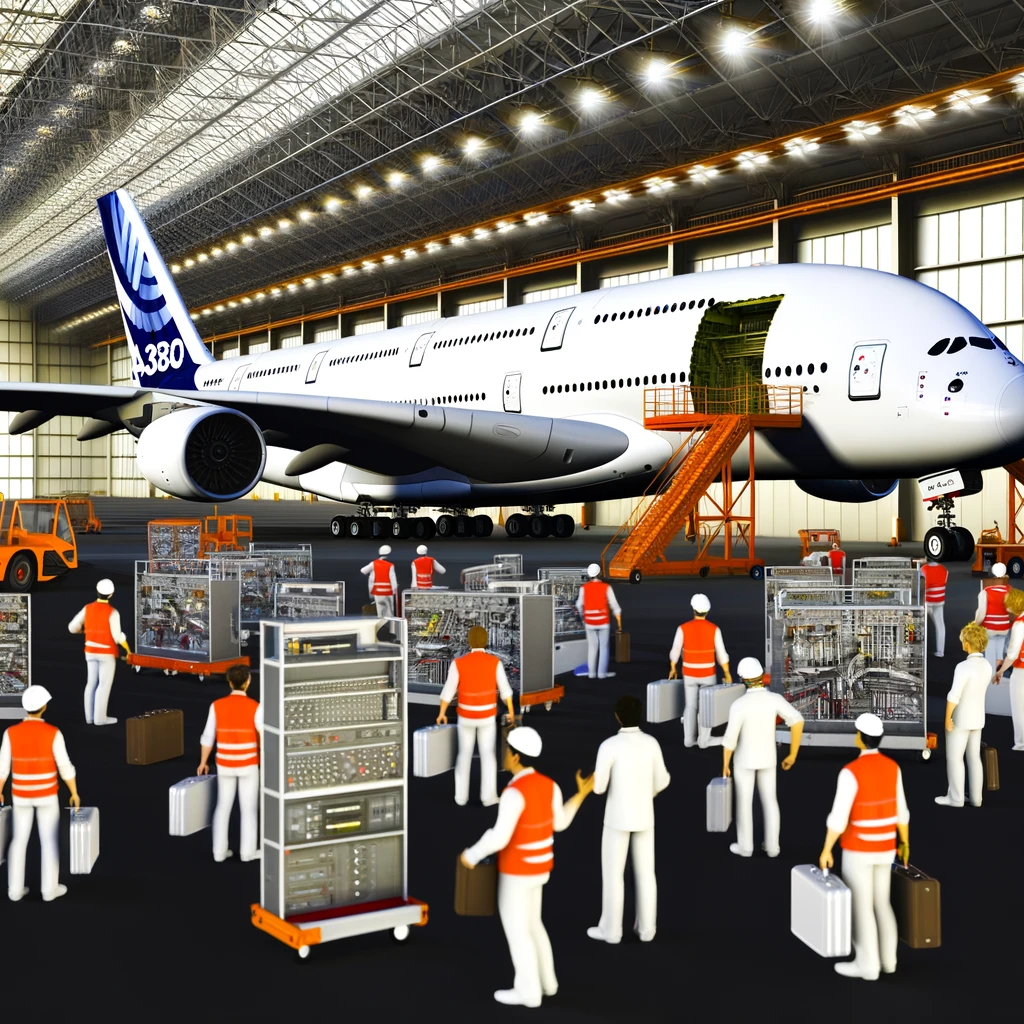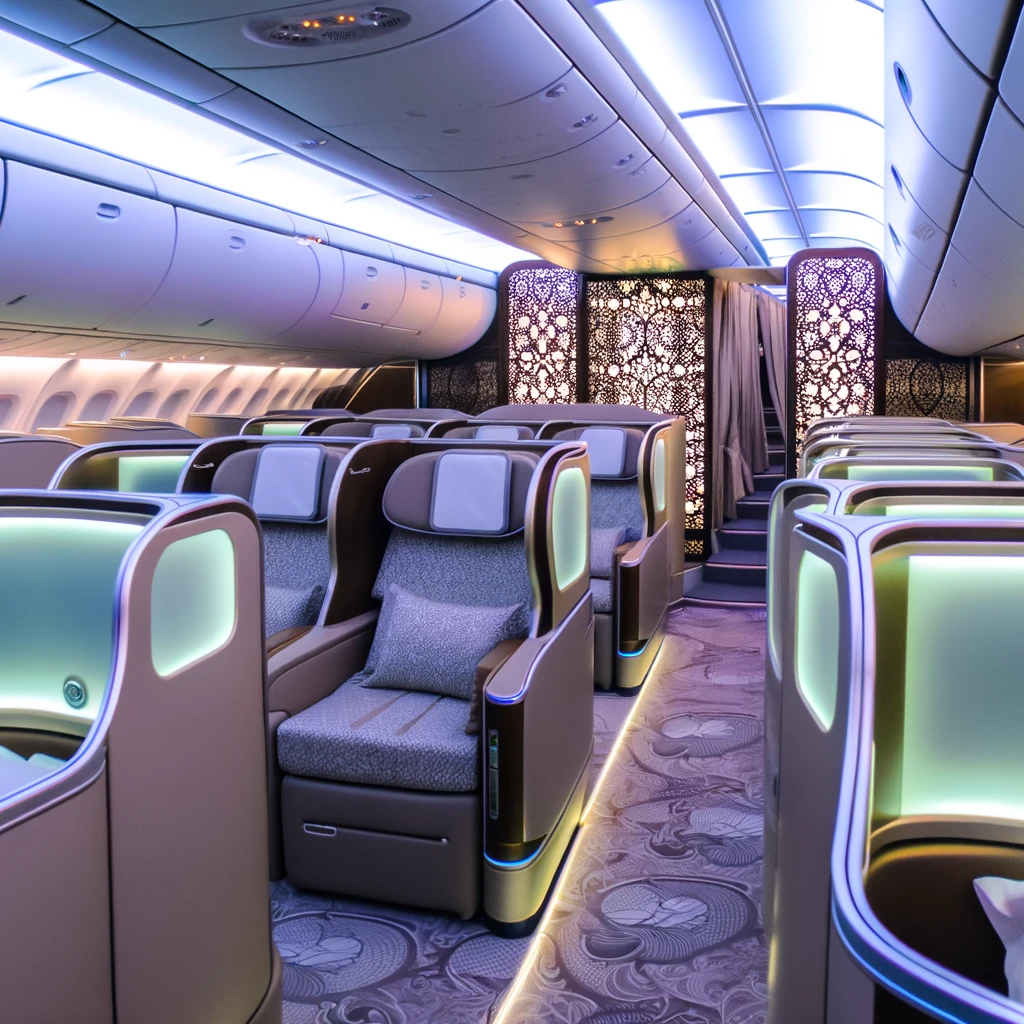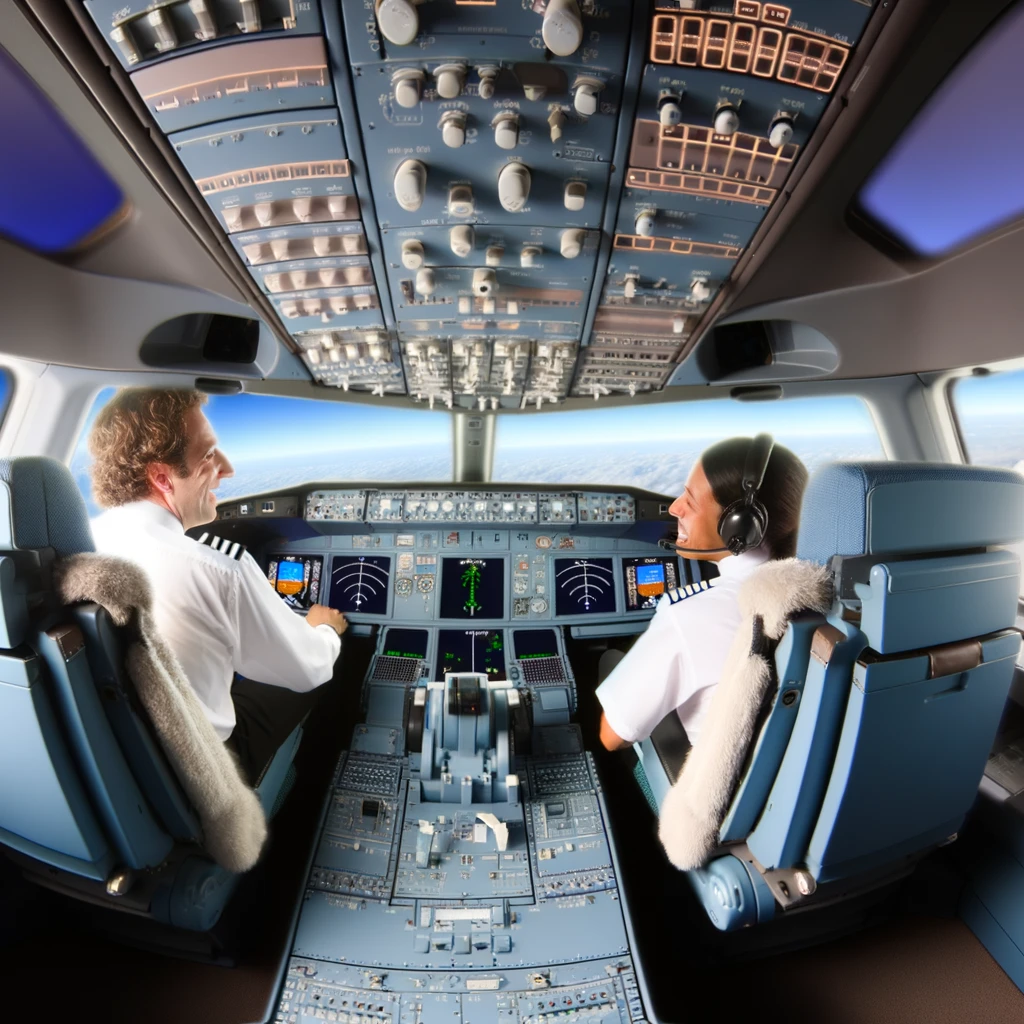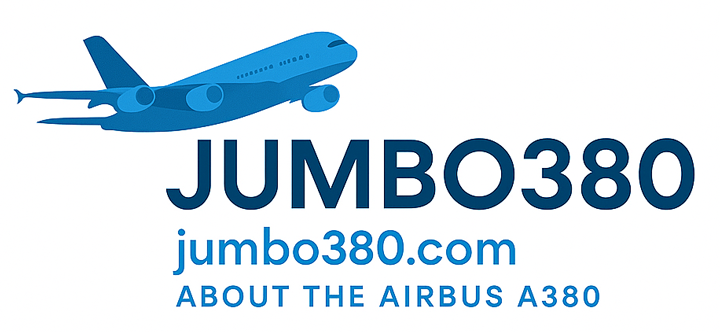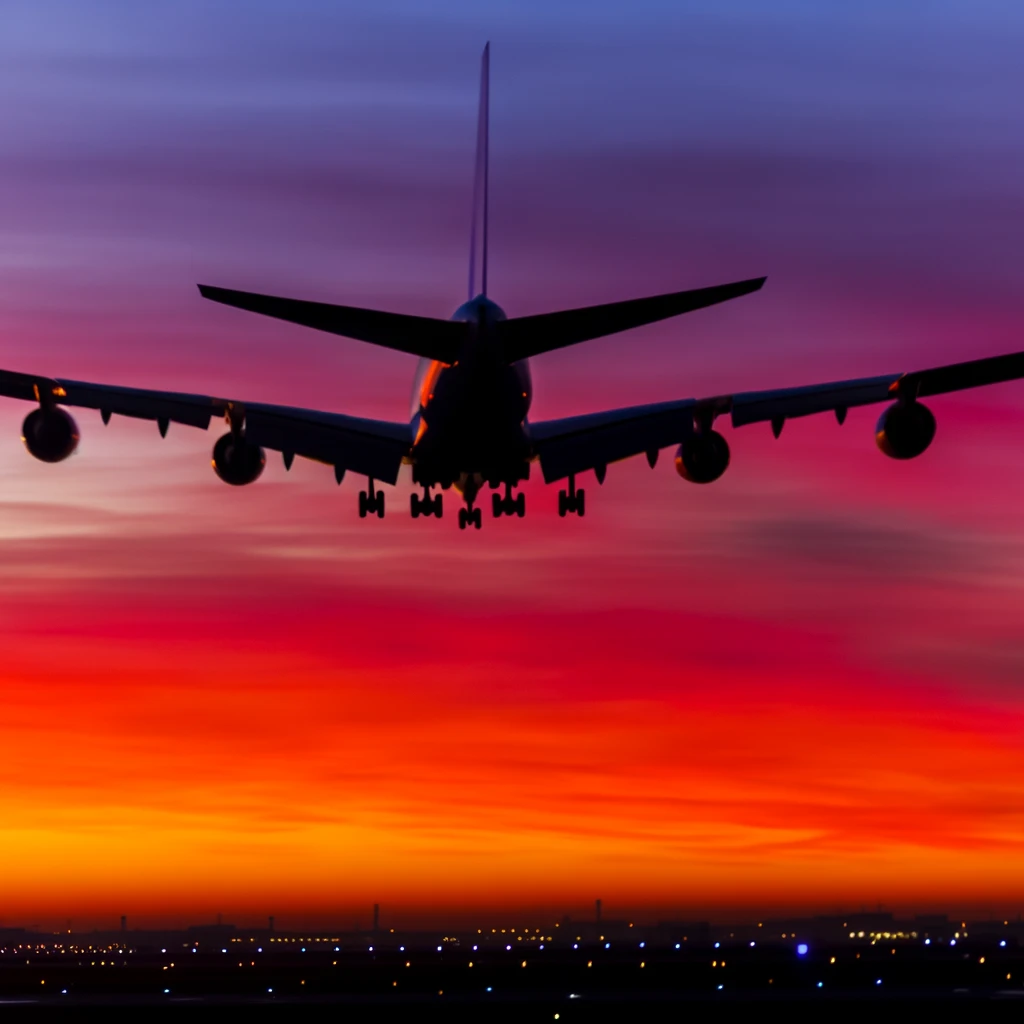
From First Flight to Last: The Complete Timeline of the Airbus A380
The Airbus A380 stands as a monumental achievement in the world of aviation. Known for its impressive size and capability, the A380 has made a significant impact on air travel since its inception. This article details the complete timeline of the A380, from its groundbreaking first flight to its final chapter in aviation history.
The Vision and Development
In the early 1990s, Airbus embarked on an ambitious project to challenge the dominance of Boeing's 747 in the long-haul market. The vision was to create an aircraft capable of carrying more passengers than any commercial jet before it, without compromising on comfort and efficiency.
The development phase was marked by extensive research and collaboration between Airbus and various international partners. The A380 was officially announced in 2000, with a promise to revolutionize air travel.
First Flight and Initial Reception
On April 27, 2005, the Airbus A380 took to the skies for its maiden flight from Toulouse, France. The event was witnessed by thousands and marked a significant milestone in aviation history. The flight was not only a technical success but also a demonstration of the potential to reshape global aviation.
The initial reception was overwhelmingly positive, with airlines eager to incorporate the A380 into their fleets. Its ability to accommodate over 500 passengers in a typical three-class configuration made it an attractive option for high-density routes.
Challenges and Delays
Despite its promising start, the A380 program faced several challenges. Production delays due to complex wiring systems and coordination issues among Airbus's international manufacturing sites led to postponed deliveries, frustrating airlines and investors alike.
These delays resulted in financial setbacks, and Airbus had to implement strategic adjustments to keep the project on track.
Operational Success and Impact
Once operational, the Airbus A380 quickly became a favorite among passengers and airlines. Its spacious cabins, quiet engines, and smooth flight experience set new standards for comfort in air travel.
Airlines like Emirates, Singapore Airlines, and Qantas capitalized on the A380's capabilities, using it for long-haul routes to major global hubs. The aircraft's efficiency in terms of fuel consumption per passenger also contributed to its appeal.
The Decline and Discontinuation
Despite its operational success, the A380 faced challenges in the later years. The shift in market demand towards smaller, more fuel-efficient twin-engine aircraft affected sales. Airlines preferred flexibility and lower operational costs offered by models like the Boeing 787 and Airbus A350.
In 2019, Airbus announced that it would cease production of the A380 by 2021, marking the end of an era. The decision was driven by declining orders and the evolving landscape of air travel.
Legacy and Future
The Airbus A380 leaves behind a remarkable legacy. While its production has ended, the aircraft will continue to serve passengers for years to come. Its influence on aircraft design and passenger expectations remains significant.
The A380's story is a testament to human ingenuity and the drive to push the boundaries of what is possible in aviation. As airlines adapt to new technologies and market demands, the A380 will be remembered as a symbol of ambition and achievement.
In conclusion, the Airbus A380's timeline is a captivating journey from its visionary beginning to its role in shaping the future of air travel. Its legacy will endure as a remarkable chapter in the history of aviation.
Related Articles
